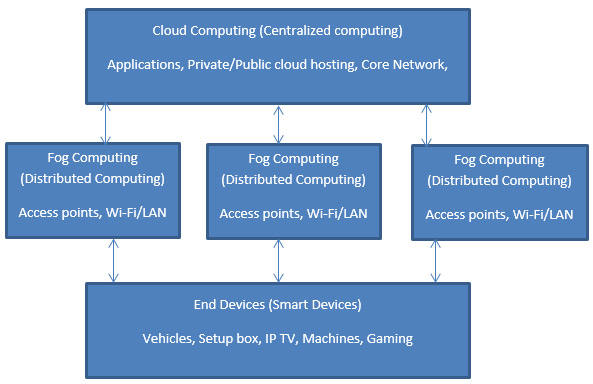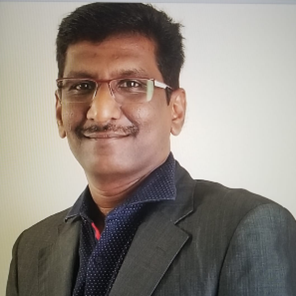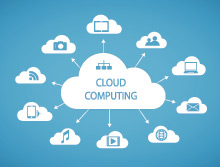Fog Computing is the new buzz word. But many of us would be wondering, what’s this new thing again as the adoption of cloud itself is still not completed by many enterprises.
Fog computing is the extension of cloud computing to the edge of the network. While Cloud computing works on the upper layer and is more about centralized computing, Fog computing works on the edge layers and decentralizes the work load mostly at the access points. The advantage of Fog computing is that it reduces computing at the cloud layer where some portions of processing takes place at the Fog layer rather than sending the entire data to the cloud streams.
Fog computing will be very useful in dealing with the rise of Internet of Everything (IoE). As computing would be involved with devices like setup box, IP TV, cars to connected devices, most of it could be dealt with fog computing. All low latency applications will benefit from Fog computing as the processing would happen immediately than traversing all the way to cloud.
This will not only help in faster processing and enhancing customer experience, but also help in reducing cost. In future, managing the huge loads of data from IoE would be easy using Fog computing. The advantage here is that decisions will be taken much faster by resources which are closer and with lesser latency; this is something similar to Big Data platforms like Hadoop where the platform is taken closer to the data.
Reference Architecture
Below is the reference architecture of a Fog computing environment in an enterprise. You can see that the Fog network is close to the smart devices, data processing is happening closer to the devices and the processed information is passed to the cloud computing environment.

Summary
Fog Computing is definitely going to make its own space in the computing world. However it is clear that it is going to be an extension of the cloud infrastructure going closer to the end devices. And Fog computing will need a much more robust infrastructure to handle the load from the Internet of Everything.

He is a Sales Head, Infrastructure Management and Security Services, US, Happiest Minds, has over 25+ years of proficient experience in IT Infrastructure and Cyber Security. He showcases domain expertise in Cloud, Data Center, Unified Communications, Networking, Cyber Security Governance, and Security Operations. In this role, he spearheads the overall infrastructure and cyber security business.
His primary focus areas encompass business development, customer relationship management, and customer success. He collaborates closely with his client base’s CXOs, furnishing them with strategic roadmaps for their IT journey—from conceptualization to successful delivery—covering all aspects of infrastructure and cyber security.
Suresh’s core competencies are Consulting, Transformation, and Managed Services for modern digital enterprises, ensuring they receive agile infrastructure and cyber security solutions tailored to meet their present and future business requirements.
Before joining Happiest Minds, Suresh played a pivotal role in Mindtree Technologies’ Infrastructure Managed and Technical Support services division, delivering consulting services to numerous Fortune 500 companies globally.
Suresh is a distinguished academic with a bachelor’s degree in computer science and a master’s degree in business administration.






